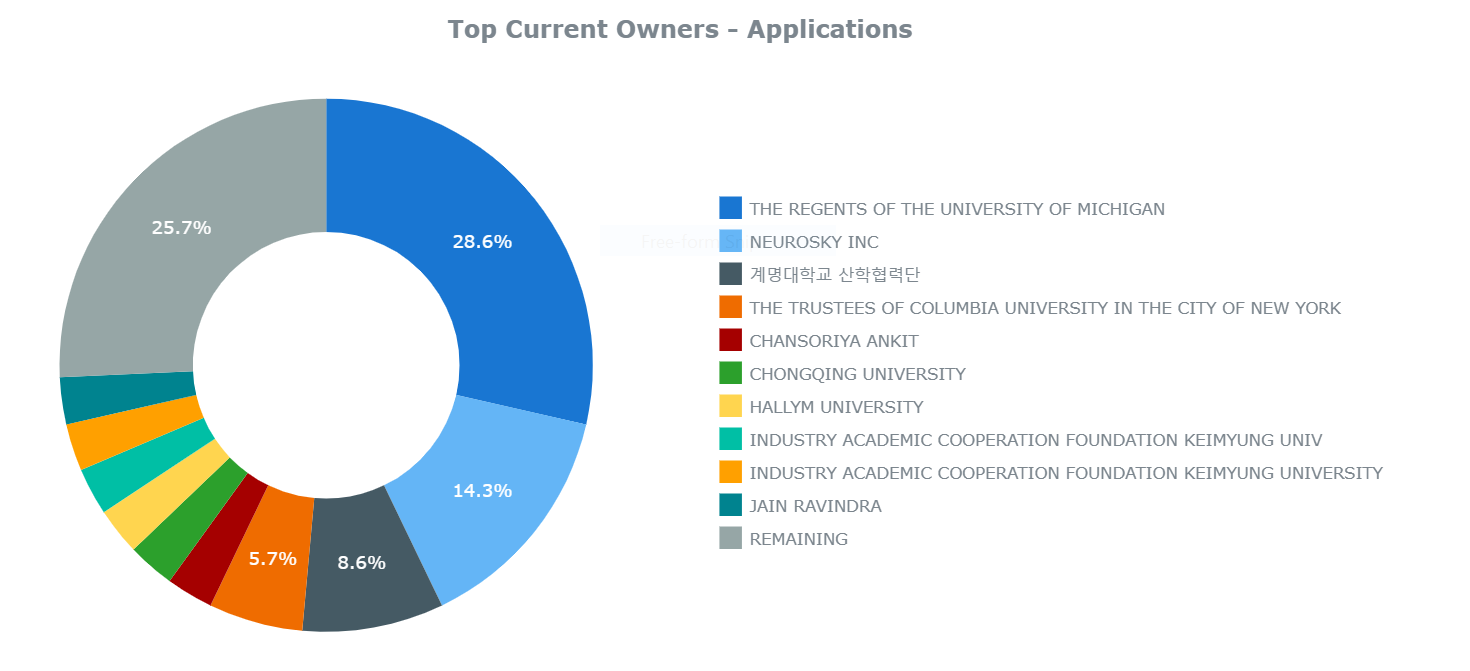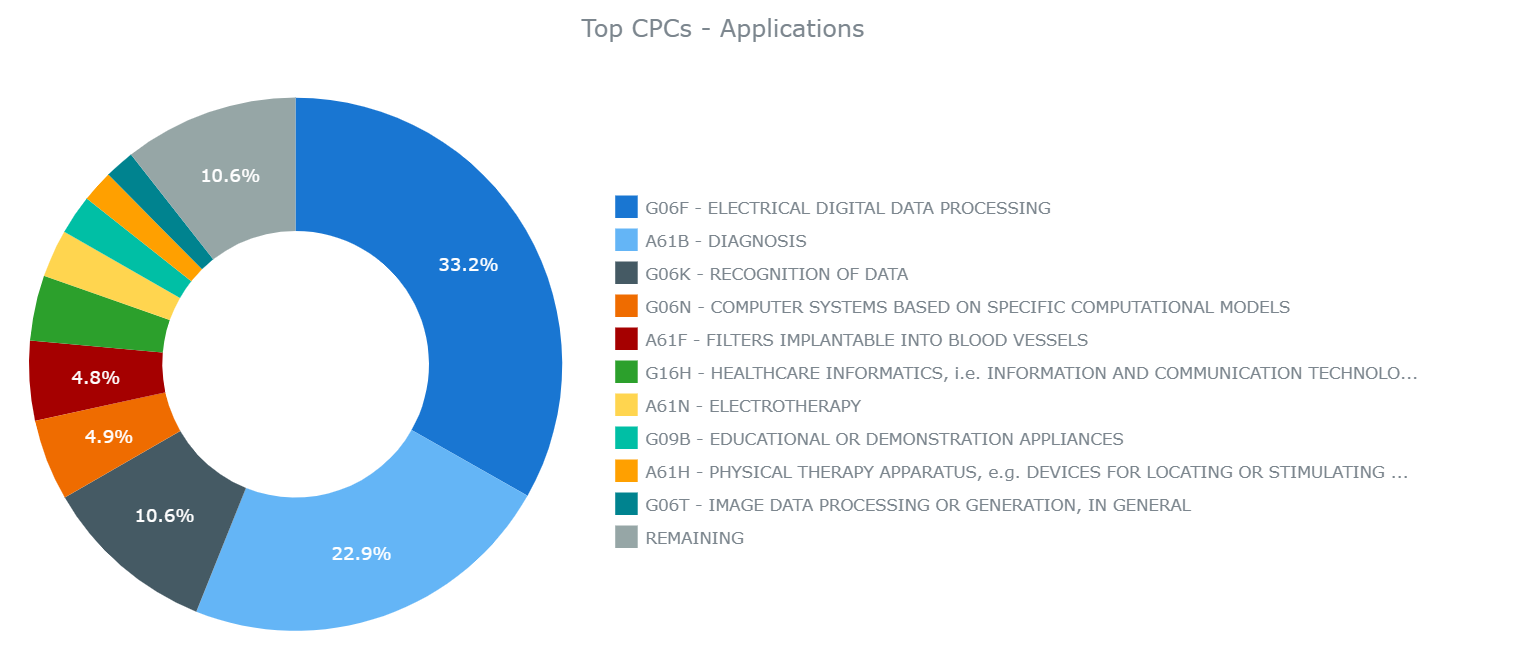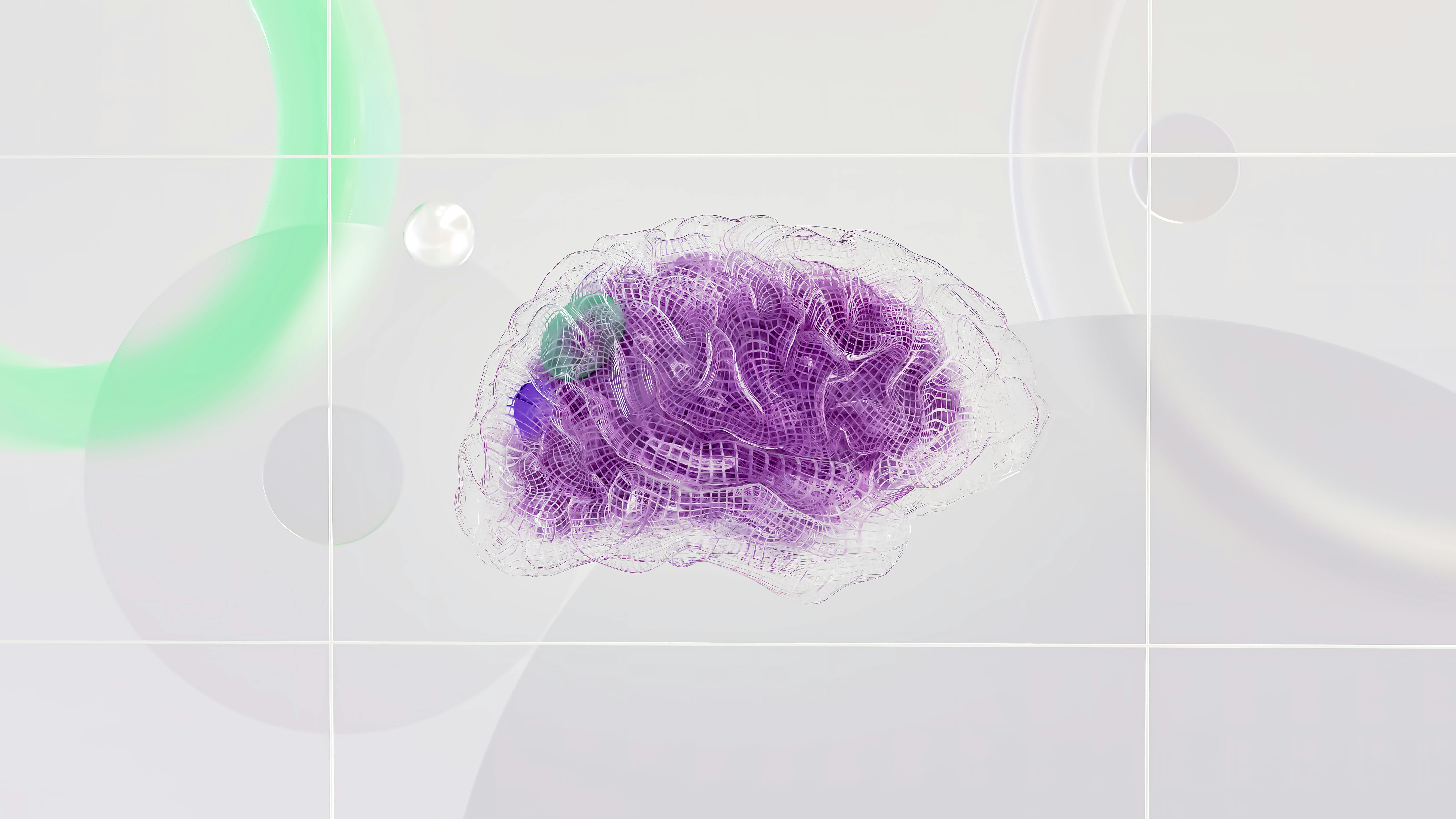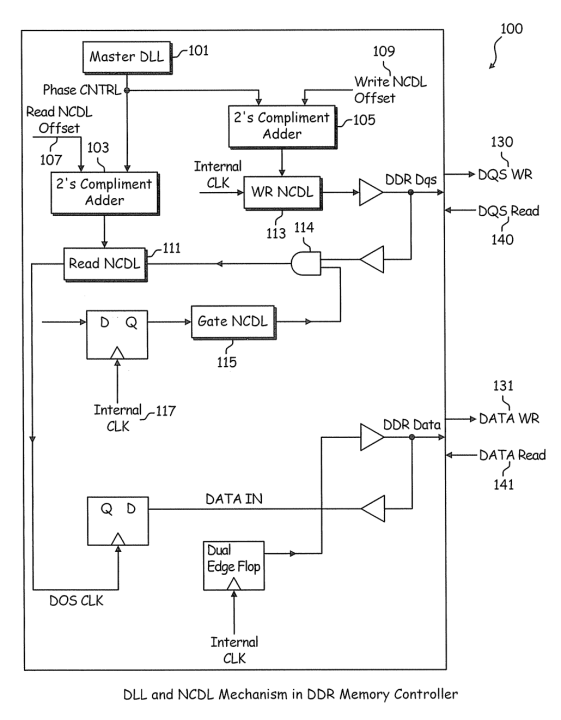Last month, Elon Musk finally announced what his most science-fiction-y company has been up to — developing a robotic “sewing machine” that sews electrode arrays into the brain. The threads will hopefully be used as a brain-computer interface (BCI) or “wizard hat” as Tim Urban’s popular Wait But Why article calls it. In the future, this device could integrate human interactions with computers so seamlessly that walking into a room and simply thinking about turning on the light will turn it on without anyone having to flick a switch or say a word. Wait But Why claims that these types of futuristic advancements are Elon Musk’s ultimate goal.
History
Historically, invasive brain-computer interfaces and neural prosthetics have been tested on and targeted toward those with disabilities because the potential for these devices to restore lost function is huge. The cochlear implant, a neural prosthetic which restores hearing, was first implanted by Dr. William House in 1961. Dr. House once said, “If a person can hear in their last years of life, I think it’s worth it.” As of 2017, more than 324,200 people had undergone the procedure despite controversy in the deaf community.
Non-invasive brain-computer interfaces carry less risk and have therefore been used in a host of other areas including diagnosis, research, and even games. In 2009, Mattel released a game called Mindflex which purported to allow users to control the path of a ball with their mind. But has technology actually advanced to a point where mind-controlled computers are a reality?

Scientific Challenges
Believe it or not, implants that give patients the ability to control robots and computers with their minds have already been tested in paralyzed patients, but there are a number of technological obstacles standing in the way of Elon Musk’s all-encompassing vision. One of which is longevity. The human body has a tendency to attack implants as foreign invaders, degrading the functionality of the implant over time.
Two things stuck out to me from the @neuralink event during QnA:
1. The electrode longevity problem is “definitely not solved”
2. They are planning to release more results around SfN. Hinted these will be NHP data and histology.
This stuck out because..
— Jacob Robinson (@JTRobinsonLab) July 17, 2019
Interestingly, a search for “brain-computer interface” or “brain-machine interface” over applications published since 2015 in ktMINE’s Reimagined Search Application shows that the largest top-level CPC category is Electrical Digital Data Processing. From one perspective this makes sense given that decoding electrical activity coming from the brain is the primary task of a brain-computer interface. However, some of the most challenging problems, like longevity, are more biological or materials oriented. It could be that a scientific breakthrough is required in these areas before a proliferation of inventions and patent filings can take place.

The Future
Neuralink isn’t the only company working in this space. Facebook also recently announced that they are funding research on a brain-computer interface that will allow users to type with their minds. Unlike Neuralink, Facebook’s device will be non-invasive. Facebook sees BCI as a potential input method for AR/VR and digital devices that will go further than voice control toward seamless integration.
BCI startups have also raised millions of dollars for devices targeting sleep, mood, epilepsy, and gaming applications. If this is any indication, the private industry sees BCI becoming a commercial reality in the nearish future. According to many bioethicists, this technology has advanced beyond the understanding of the general public, which has huge implications for society. If the human brain is the last truly private place, what does it mean to log in tos Facebook with a mind-reading device? Or when a TV can show users targeted ads based on what they’re thinking?
Yet the positive implications are also endless. BCI could make glitchy voice-to-text apps a thing of the past; it could make us all smarter, and it could restore independence to millions of people suffering from paralysis and other disabilities. To follow the amazing breakthroughs taking place in this area keep an eye on patent filings, especially from Universities and startups.




